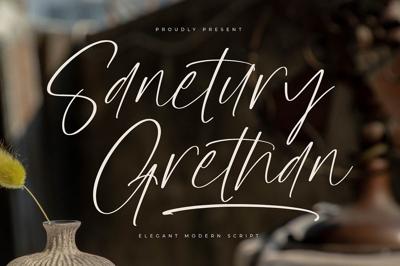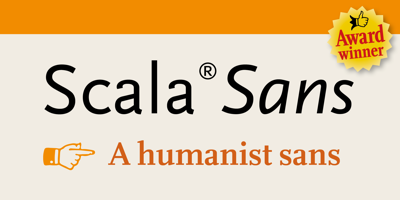Trending Now: The Best Display Fonts for Eye-Catching Headings
Trending Now: The Best Display Fonts for Eye-Catching Headings
In design, the headline is the hook. It needs to stop the scroll, grab the reader's attention, and instantly convey the mood of the entire piece. For that, you don't need a subtle, high-readability body font—you need a Display Font.
Display fonts are typefaces designed specifically to be used at large sizes. They are expressive, bold, and often experimental, packing a huge amount of personality into just a few words. They are the typographic stars of logos, posters, banners, and website hero sections.
If your headings feel flat, it’s time to move past basic sans-serifs. We’ve curated a list of the best trending Display Fonts (many available for free commercial use) that are guaranteed to give your designs an unforgettable, eye-catching edge.
What Makes a Font a “Display Font”?
A display font is essentially a font whose primary function is impact, not continuous reading. Designers focus on unique details, unusual proportions, and distinct stylistic elements that might be too distracting for small body text but are perfect for large headlines.
Key Traits of Trending Display Fonts:
-
High Contrast: Dramatic difference between thick and thin strokes.
-
Unique Terminals: Unusual ends to the letter strokes (e.g., sharp points, rounded blocks).
-
Variable Weights: Often includes ultra-thin or ultra-heavy options that aren't common in standard text fonts.
-
Distinct Personality: A specific style, such as retro, futuristic, or geometric.
5 Display Font Trends That Demand Attention
These fonts represent the current zeitgeist in design, offering fresh alternatives to overused classics.
1. The Super-Chunky Retro Slab
The Vibe: Nostalgic, sturdy, and fun. This trend features heavy, bold serifs that feel vintage and grounded, often reminiscent of 1970s and 80s typography. It strikes a balance between professional weight and approachability.
-
Best For: Packaging, podcast covers, restaurant branding, and designs that need a retro-modern feel.
-
Pairing Tip: Pair its thickness with a very thin, neutral sans-serif body copy for maximum contrast.
2. The Clean Geometric Grotesque
The Vibe: Minimalist, rational, and modern. This trend builds on classic geometric sans-serifs (like Futura), but often features unusual angles, subtle ink traps, or slightly wider letterforms to make it stand out at scale. It’s the perfect blend of technical precision and approachable simplicity.
-
Best For: Tech branding, architectural firms, sleek website heroes, and magazine titles.
-
Psychology: Communicates competence, clarity, and professionalism.
3. The High-Contrast Dramatic Serif
The Vibe: High fashion, luxury, and drama. This style exaggerates the thick and thin strokes, giving the font a sharp, expensive, and sophisticated look. It mimics the elegance of classical serifs but is sharpened for modern use.
-
Best For: Fashion editorials, luxury e-commerce sites, event invitations, and any brand aiming for a premium aesthetic.
-
Pairing Tip: Use a light or medium weight for the body text to avoid overpowering the design.
4. The Condensed, Assertive Industrial
The Vibe: Powerful, urgent, and space-saving. This trend utilizes narrow (condensed) letterforms with thick, heavy strokes. It commands attention and is highly effective when space is limited horizontally.
-
Best For: Posters, billboards, music covers, and strong editorial headlines where you need a dominant presence.
-
Aesthetic: Often used to evoke an athletic, industrial, or hard-hitting journalistic feel. A great free example is Oswald.
5. The Liquefied or Distorted Display
The Vibe: Experimental, abstract, and highly creative. This is the most artistic trend, featuring letterforms that look melted, wavy, or subtly distorted. This is not for every brand, but it's perfect for standing out in niche markets.
-
Best For: Artistic portfolios, experimental design projects, music and cultural event promotion, and any brand targeting a Gen Z or highly creative demographic.
-
Caution: Always check legibility when using highly distorted fonts; they should only be used for very short phrases.
The Key to Using Display Fonts Effectively
The biggest mistake designers make is using a stunning display font in isolation. For a display font to truly shine, it requires a strong supporting cast.
The Golden Rule: Always pair your expressive display font with a highly neutral, highly legible text font.
-
The Display Font does the job of stopping the reader.
-
The Body Font does the job of keeping the reader.
By incorporating these trending styles into your headings and supporting them with clear, professional body text, you ensure your designs are both memorable and effective. Go ahead—make your next headline truly unforgettable.


